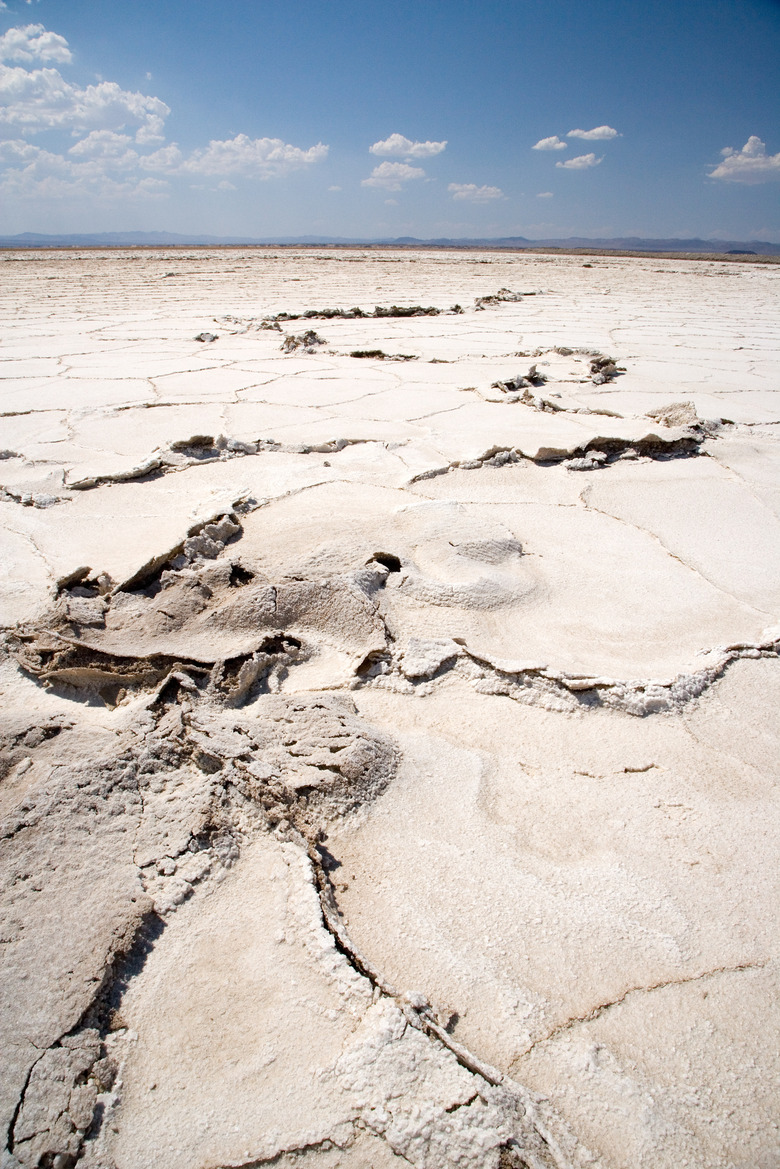What Is The Difference Between Magnitude And Intensity?
During an earthquake, the released strain energy produces seismic waves, which travel in all directions thus causing vibrations. The disturbances occur most severely near the source of these waves that is epicenter and vice versa. Magnitude and intensity provide information about the earthquakes, which is quite useful in calculating their probability in times to come. Both calculation concepts follow a different approach and are recorded on different scales.
Magnitude
Magnitude
Magnitude is the quantified value of seismic energy produced during an earthquake. It is a specific value with no correlation to distance from epicenter. In other words, magnitude is the earthquake's size, at the source. For calculations, the maximum displacement is taken into account. The numerical value of the magnitude that is the earthquake's size remains constant and is not dependent upon the affect of earthquake on populace.
Intensity
Intensity
Intensity is the quantum of negative impact of earthquake on surrounding areas. Unlike magnitude, the intensity that is the devastation caused by earthquake varies with the location and is not a single numerical value. The farther an area is from epicenter; lower is the intensity of earthquake. For calculating intensity, the responses of people in surrounding areas, worsened condition of structures and changes in natural surroundings are noted. Areas near to the epicenter severely feel the shaking intensity and thus are affected critically as compared to those staying farther away.
Magnitude Measurement Scale
Magnitude Measurement Scale
Measuring magnitude involves the use of the Richter scale, which Charles F. Richter invented 1934. The scale for noting the magnitude, does not takes into account the type of wave, but simply records the largest seismic wave. Richter scale is a logarithmic scale, with 10 as base. Thus, the magnitude of 5 is ten times more severe than a magnitude of 4. The calculation results of this scale are precise and the smallest earthquakes with negative magnitude values can also be recoded.
Intensity Measurement Scale
Intensity Measurement Scale
Mercalli scale as invented in the year 1902 by Giuseppe Mercalli is a method to measure intensity of the earthquake. The intensity scale is not considered a purely scientific scale as it is dependent upon observations and responses of the people staying in vicinity. For instance, an old structure might sustain severe damage as compared with a new one, thus confusing upon the results of intensity measurements. Mercalli intensity of an earthquake of magnitude 1.0 to 2.0 is recorded if the earthquake was barely noticeable. Intensity count is XII for magnitude 8.0 or more is recorded in case where waves were seen on ground and the damage was high, with objects thrown up in the air.
Cite This Article
MLA
Howard, Frank. "What Is The Difference Between Magnitude And Intensity?" sciencing.com, https://www.sciencing.com/info-10012413-difference-between-magnitude-intensity/. 9 January 2018.
APA
Howard, Frank. (2018, January 9). What Is The Difference Between Magnitude And Intensity?. sciencing.com. Retrieved from https://www.sciencing.com/info-10012413-difference-between-magnitude-intensity/
Chicago
Howard, Frank. What Is The Difference Between Magnitude And Intensity? last modified March 24, 2022. https://www.sciencing.com/info-10012413-difference-between-magnitude-intensity/
